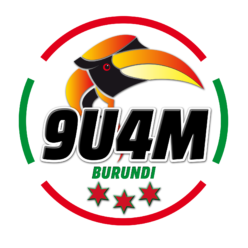Release notes Version 1.29.0
MAINTENANCE RELEASE
– LOTW download doesn’t change the gridsquare if something it’s already saved on the QSO
– Implemented great circle representation when drawing QSO on map
– Winkeyer Lead-In and Tail value increment changed from 10 to 1 per click.
– Hamlib libraries updated to main revision 3.x
– Changed residual dates from LOCAL to UTC on all software features.
– Fixed DXCC export statistics
– LOTW QSO download now updates country if different from log.
– DC reference removed from WAS list
– Fixed code in the awards management to be more compliant with awards.xml file
– Added support to 4m awards in ARRL / CQ awards
– Fixed counter in GRIDSQUARE statistics
– New bands supported in IOTA award (6m and upper)
– 2 new advanced options in SETTINGS – CAT (mainly Elecraft users)
– Send FREQUENCY command before MODE command when changing both parameters
– Add delay (fixed 500 ms) between FREQ and MODE subsequent messages (or MODE FREQ according to previous parameter)
– Added transverter support under program settings – CAT menu (add/remove amount in KHz) working at low level near CAT subsystem.
– Added JT9, FT8 mode support
– Small performance improvements in datagrid QSO visualization

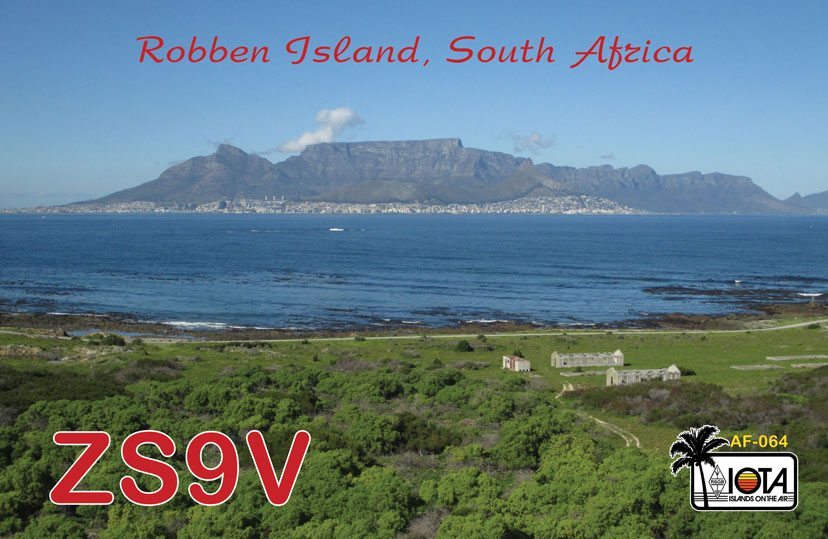
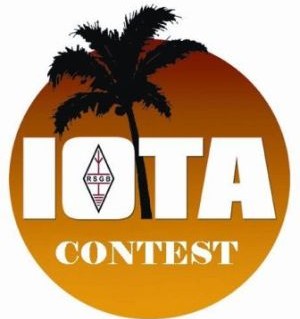
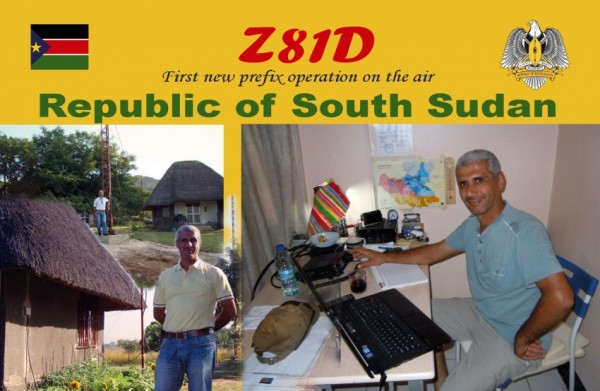
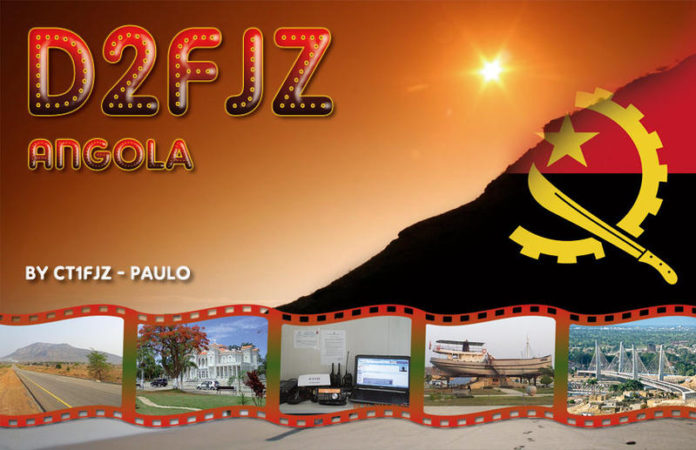
 XW1B
XW1B
